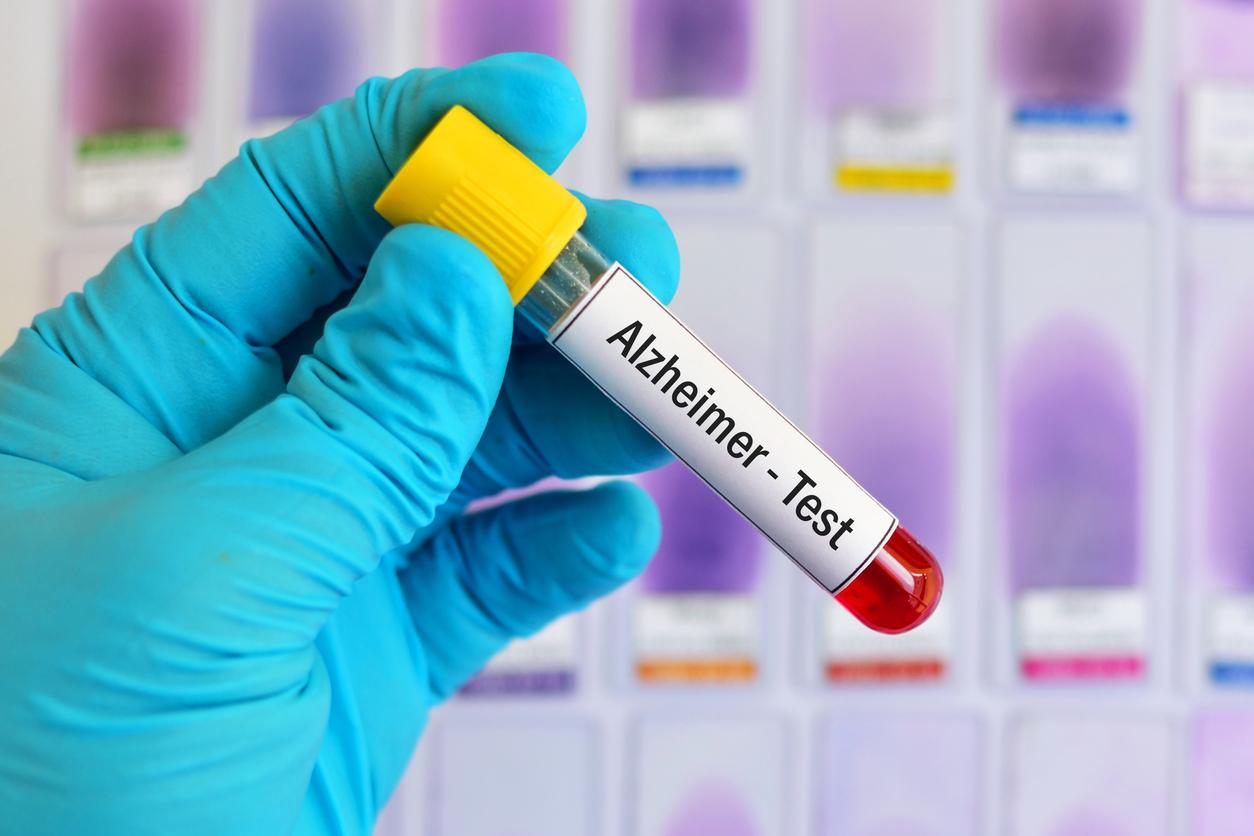A new scientific study conducted by researchers from Rutgers University and the Center for Research on Alzheimer’s disease at Emory University (USA), published in the Journal of the American Medical Association, Neurology, reveals that “DDE, the active component remaining after DDT has been metabolized by the body, is almost four times higher in the blood of people with Alzheimer’s than in that of healthy controls. »
This small study was conducted on 86 patients over the age of 60 with Alzheimer’s disease and 79 healthy people.
“This is one of the first studies to identify an important environmental risk for Alzheimer’s disease,” said Dr. Allan Levey, director of the Alzheimer’s Disease Research Center at Emory University (Georgia, southeast), one of the main co-authors.
“The magnitude of the effect of DDT is large, comparable to the most common genetic factor predisposing to Alzheimer’s disease,” he adds.
An exhibition still possible
Although banned in the United States since 1972, this pesticide is still detected in 75 to 80% of blood samples collected from the population. “We are still exposed to these chemicals by the fact that we can consume fruits, vegetables and cereals imported from countries which still use this insecticide and also because it persists for a long time in the environment”, notes Dr Richardson. Dr. Levey explains that “DDT can remain in the body for eight to ten years and DDE, its metabolite, accumulates in the tissues as people age. This could help explain the fact that age is the greatest risk factor for Alzheimer’s.
This micro-study allows us to sound a new alarm bell on the influence of pesticides on Alzheimer’s disease. But the researchers hope to be able to continue their research and conclude that “a full understanding of the environmental risks for Alzheimer’s will require the collection of numerous blood samples and clinical observations over long periods of time. »
Some five million Americans and 800,000 people in France currently suffer from Alzheimer’s disease. With the increase in life expectancy, this figure is likely to double by 2020.


















